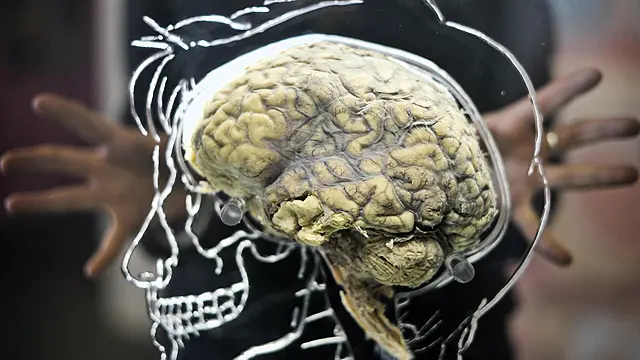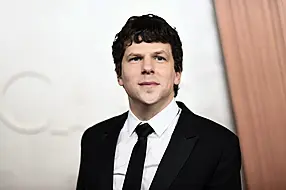By studying both human and mouse brain activity, researchers report that this process happens in a region of the brain called the hippocampus.
The study also reveals that while people are resting or sleeping, brain cells can link different memories, a process that might be important in creativity.
Although this process is crucial to everyday life, until now, we didn’t know how the cells in our brains are able to form links between separate experiences
The research was carried out at the Medical Research Council (MRC) Brain Network Dynamics Unit at the University of Oxford, by Dr Helen Barron and Dr David Dupret.
Dr Barron said: “In everyday life we often infer connections or relationships between different things we see or hear.
“So even when we don’t know the full story, we can make an educated guess by joining-the-dots.
“For example, I’m looking for my friend Sam.
“Someone tells me that Ben is in the library.
“I know that Sam and Ben go everywhere together, so I guess that Sam is in the library too.
“Although this process is crucial to everyday life, until now, we didn’t know how the cells in our brains are able to form links between separate experiences.”
Researchers started by pinpointing this ability to an area of the brain called the hippocampus that is already known to play a role in learning and memory.
They did this using MRI scans on people and by temporarily switching off the hippocampus in mice.
To examine exactly how brain cells enable people to make educated guesses, human volunteers were asked to play a virtual reality game where hearing a sound, such as running water, signalled they would also see a colourful picture appear on the wall.
They then played another game where finding the colourful pictures would help them win money.
The sound was never directly connected to winning money, yet the volunteers began to guess that the sound was linked to the prize and when they heard it, they would look for the reward.
The experiment was recreated in mice by playing a sound before showing a picture made from LED lights.
In a separate stage of the task, the mice could then find a reward of sugar water if the lights were turned on.
Like the people, the mice began connecting the sound with the reward, researchers found.
Dr Dupret said: “By carrying out similar experiments with both mice and people, this work shows that the process of establishing a link between separate events is common to both species.
“And by working with mice, it’s then possible to examine what’s going on in the brain of a mammal at the level of individual cells.”
The researchers found that as mice began to infer that a sound was logically linked to the reward via a light, the cells began to fire in that order.
However, they kept monitoring the mice when they rested after completing the task and they saw that the mice’s brains began jumping over the intermediate light step.
The sound brain cells became active with the reward brain cells, joining the dots between different experiences.
Dr Dupret added: “This suggests that while the mice are resting, their brains are making new links between things they have not directly experienced together, and we think it’s this process that will help them make useful decisions in the future.”
Dr Barron said: “Our results suggest the process is very similar in people and that has important implications.
“It suggests that periods of rest and sleep play an important role in creativity, where we draw insight from previous experience to come up with original ideas.”
Published in the scientific journal, Cell, the research was funded by the MRC, part of UK Research and Innovation (UKRI), and Wellcome.







